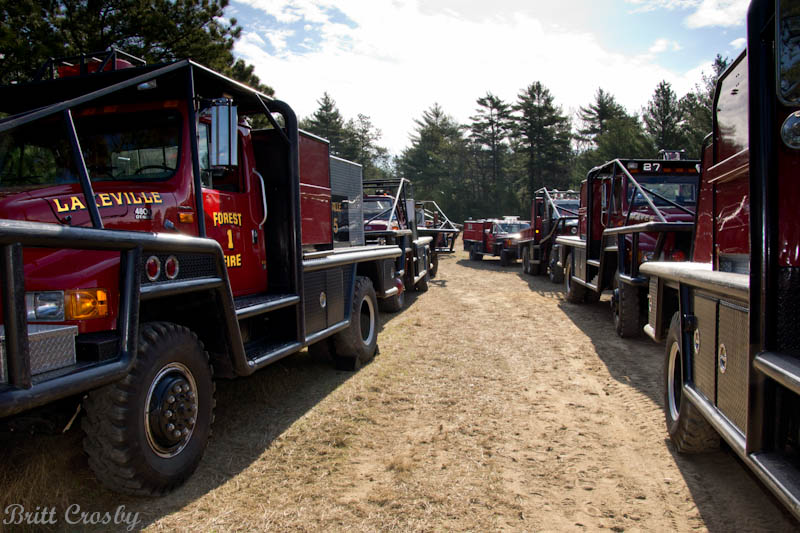
CapeCodFD.com
[ Home ] [
Features ]
PLYMOUTH COUNTY
2012 BRUSH BREAKER DRILL
Sponsored by Carver Fire Department
Sunday April 15, 2012
[ Page 1 ] [ Page 2 ] [ Page 3 ] [ Page 4 ] [ Page 5 ] [ Page 6 ] [ Page 7 ]

BRUSH BREAKER DRILL
The Carver Fire Department has sponsored an annual brush breaker training
day for years.
Open to surrounding Plymouth County Departments, the drill has turned into a
large, well attended,
and very well organized training event for Plymouth County.
This year, more than a dozen departments participated in the
Sunday morning drill held
on April 15, 2012 in the woods behind the Plymouth Airport.
Approximately 200 personnel participated in the various
training evolutions held over
about 3 hours. This year's warm weather (70 degrees and sunny) and dry
conditions added
to the importance of being well prepared for a potentially large forest fire.
Crews utilizing 15 brush breakers, a tanker, and several
engines, conducted a variety
of off road training evolutions to gain experience and practice skills.
In addition to driving and operating in the woods, crews practiced maneuvering
the
brush breakers through orange cone courses (going forward and in reverse) being
guided by
personnel using hand signals. Other crews reviewed chain saw use and winching.
A water supply station allowed crews to practice drafting.
A command post was set up and was supported by a team from the
State Department
of Fire Services using ISU-3, the Incident Support Unit stationed in
Middleborough.
Commanders conducted a full scale mutual aid drill with Plymouth County Control
simulating a response of over 30 brush breakers.
The State Police Air Wing helicopter flew over head providing
live video feed
of the area for commanders to see and direct operations of ground crews.
Following the drill, crews were invited back to the Carver
Headquarters for
a cookout before returning to duty in their communities.

Brush Breakers
Brush and grass fires are common to all parts of the country. Nearly every
fire department has
some sort of "forestry" apparatus used to combat these fires.
"Brush Breakers" however are most common here in the
southeastern part of Massachusetts.
Cape Cod and Plymouth Counties have a long history of large and serious forest
fires.
Back in the 1930's, departments started utilizing motorized trucks with
protective steel bars
to reach and contain wild land fires. These trucks have all wheel drive
transmissions,
are equipped with a water tank and fire pump, and most prominently have steel
plating
and steel bars for protection during off road responses.
The objective of brush breakers is essentially to get to fires
in the woods and forests
that can not be reached safely from a road. The breakers can push brush and
trees out of
the way or drive over them creating their own path as needed to reach a fire and
extinguish it before it gets too large and threatens homes or businesses.
In some cases, once a fire is reached it can be put out with
hose lines by personnel on
the brush breaker. On the larger fires, brush breakers work in teams, driving
along the
flanks (sides) of the burning area, starting at the rear and working towards the
head
(front) of the fire, putting flames out along the way as the breakers drive
along
trying to quickly reach the head and stop its forward progress.
Brush breakers come in many sizes, shapes, and configurations,
primarily based on the
needs of the local community that owns them. Experience over the years dictates
what design works best in a particular community. Some communities have large
tracts of wild lands and have multiple brush breakers as needed. Trucks carry
between 200 and 1000 or more gallons of water, have separate pumps enabling
"pump and roll" operations, and typically have winches in case the apparatus
gets hung up or stuck in sand or mud. A crew of 4 to 6 personnel are carried
in order to safely perform the duties of a brush breaker during a fire.
The brush breaker provides a safe operating platform for fire
fighters
that otherwise would be subject to harm when sudden flare ups and
changes in wind conditions rapidly intensify forest fires and trap
crews on foot in the woods with only the water they can carry on their
back and hand tools that provide little protection from fires that
crown and completely consume trees 30 feet or more in height.
Brush breakers are very specialized by design and are often
the only vehicles
that can reach a fire. Some are built on former military chassis, while others
are built on new commercial type truck apparatus. In addition to their primary
duty for wild land fire fighting, brush breakers are typically used for
water supply support at structure fires and are handy during storm conditions
(blizzards, hurricanes, etc) to reach incidents not able to be reached by other
apparatus.
THESE PICTURES SHOW HOW THE CREWS USE THE
BRUSH BREAKERS
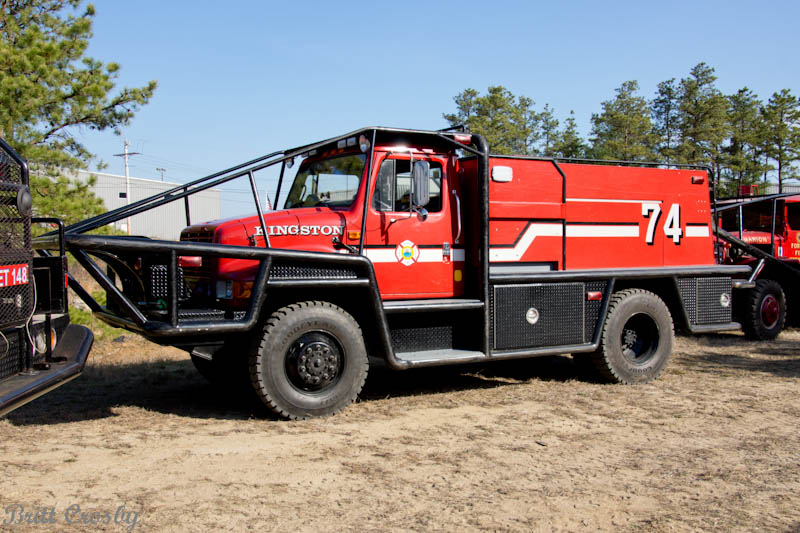
Kingston Breaker 74
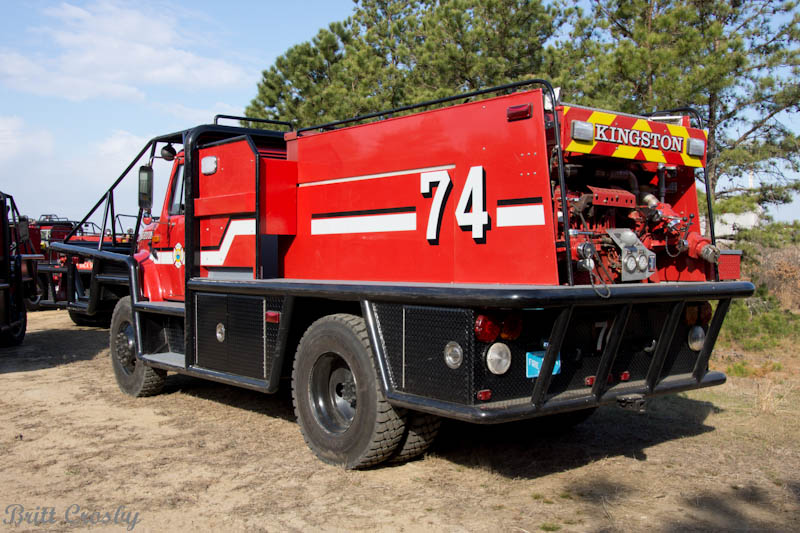

Marion Breaker 124
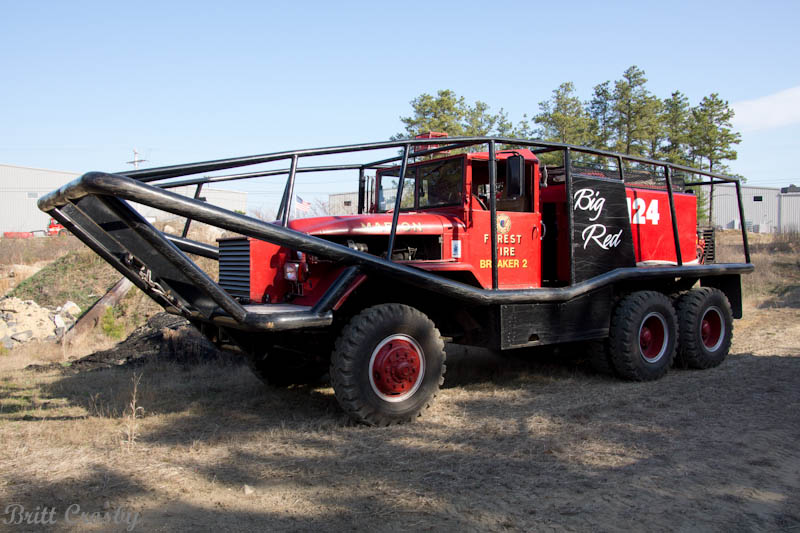
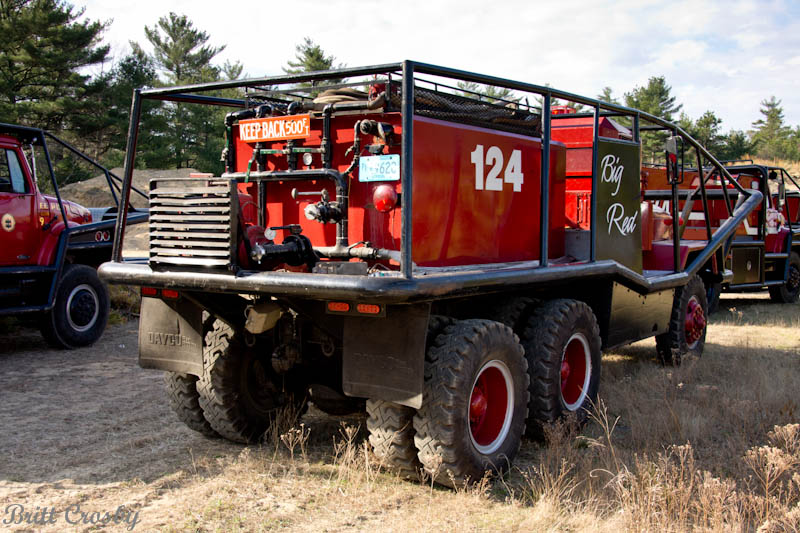
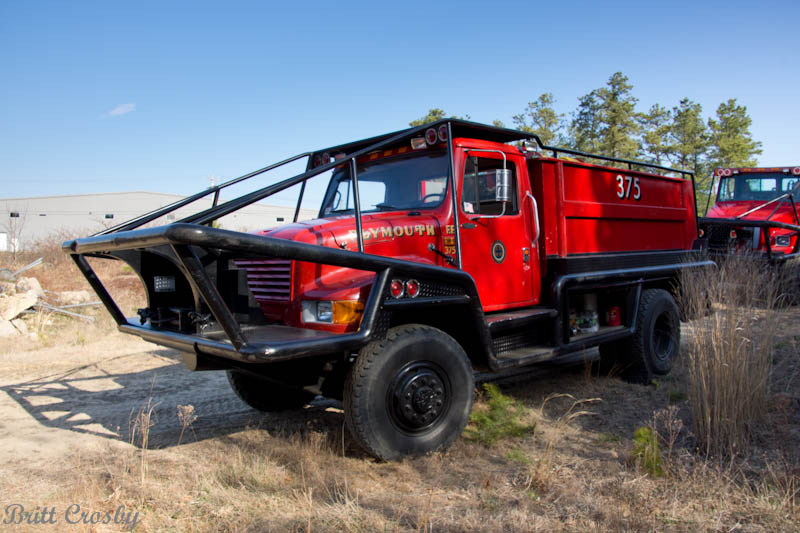
Plymouth Breaker 375

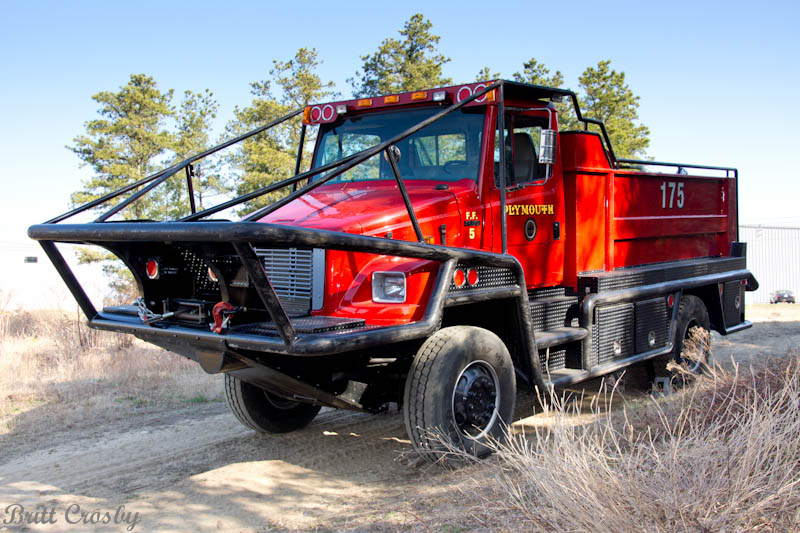
Plymouth Breaker 175

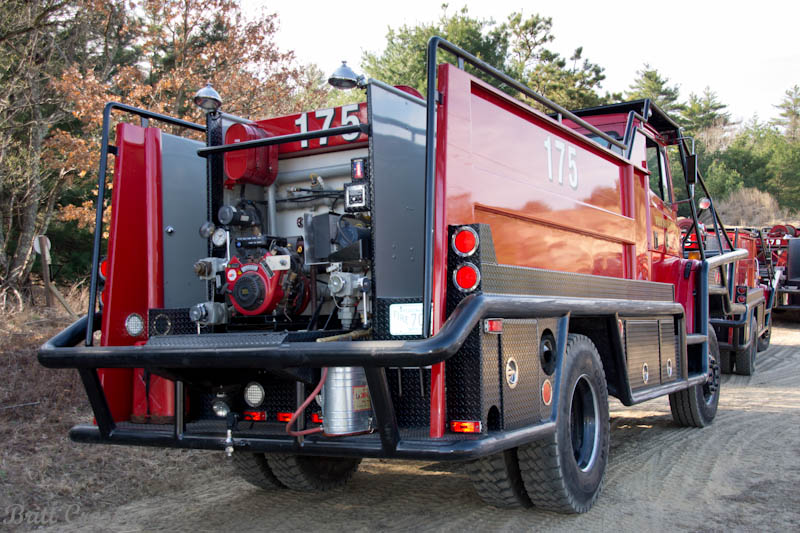
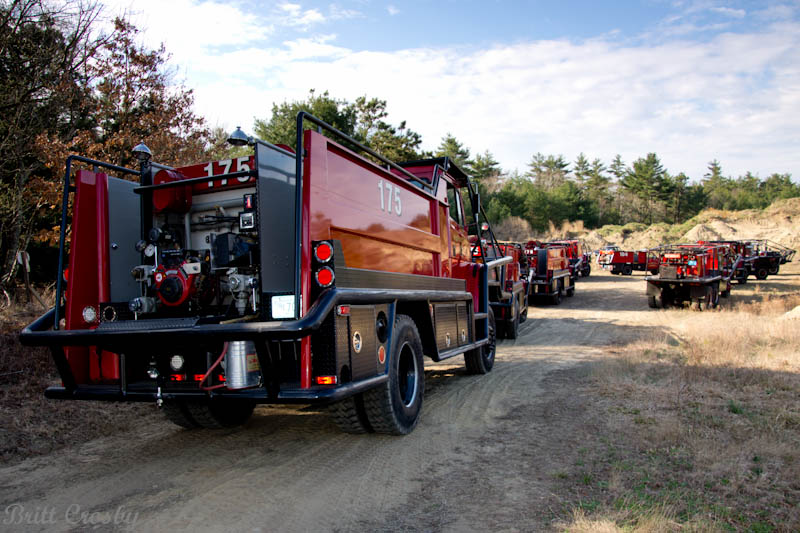
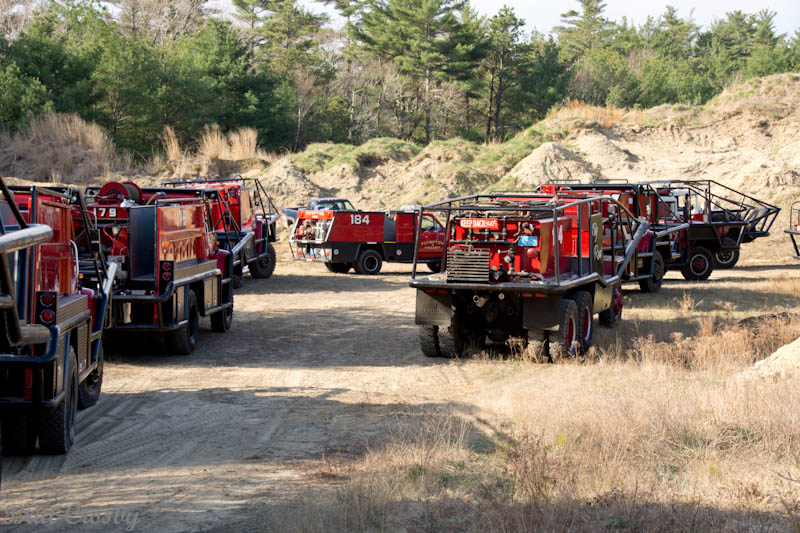
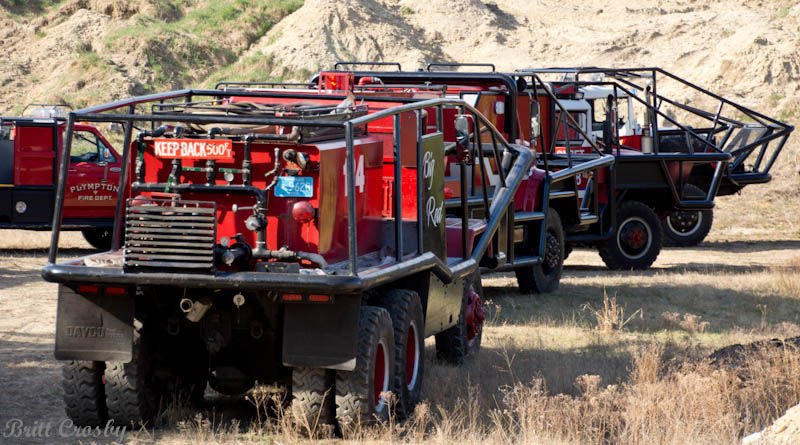
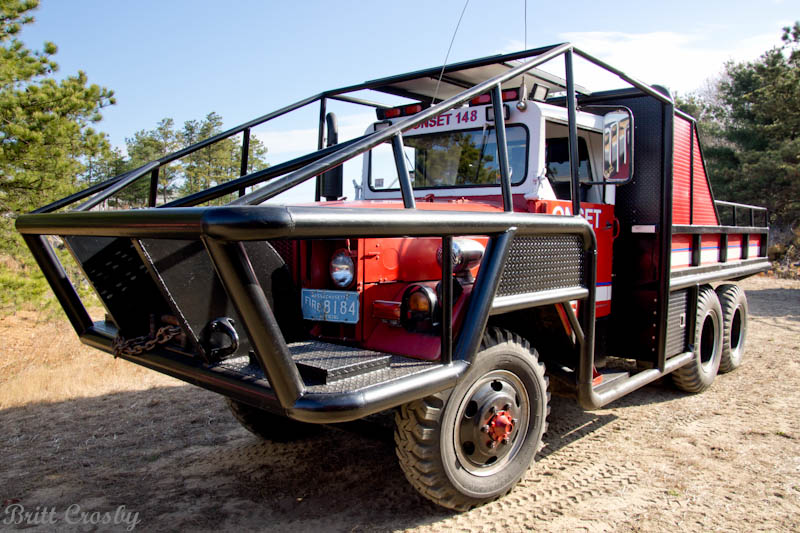
Onset Breaker 148
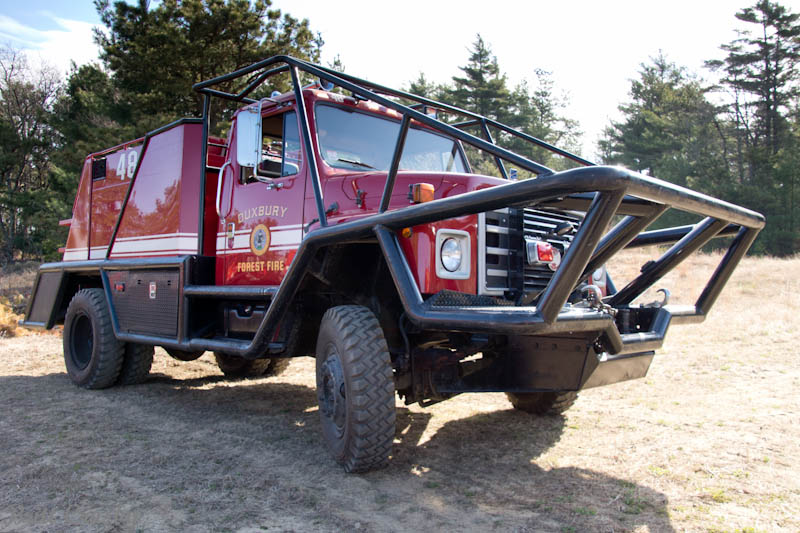
Duxbury Breaker 48
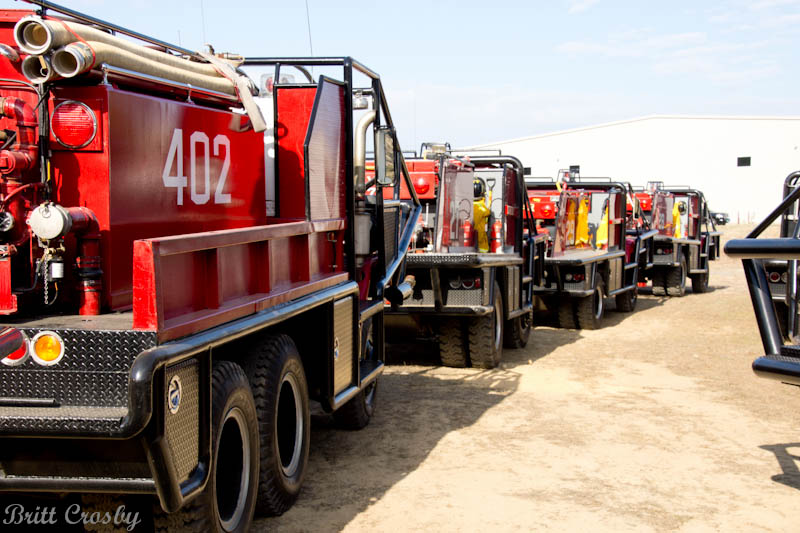
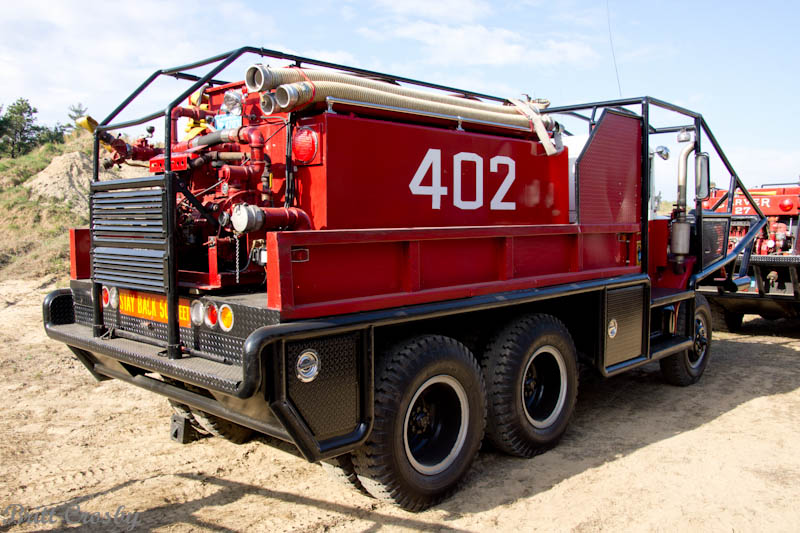
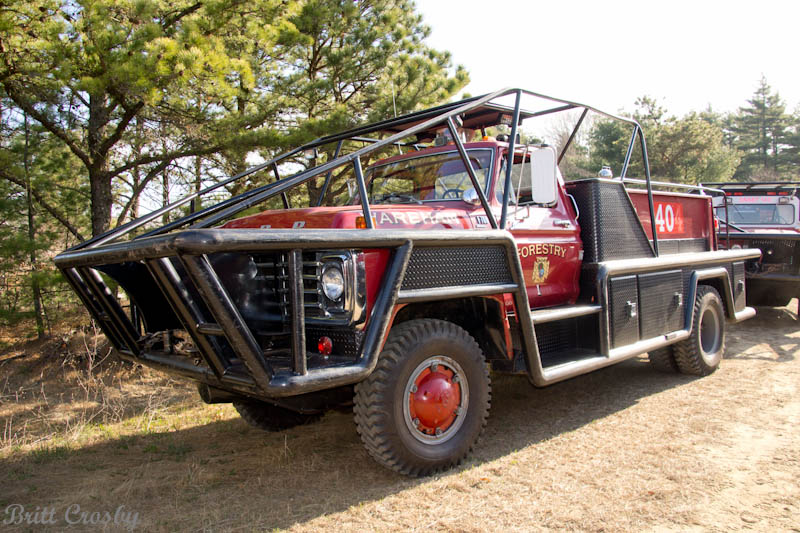
Wareham Breaker 405 (spare)
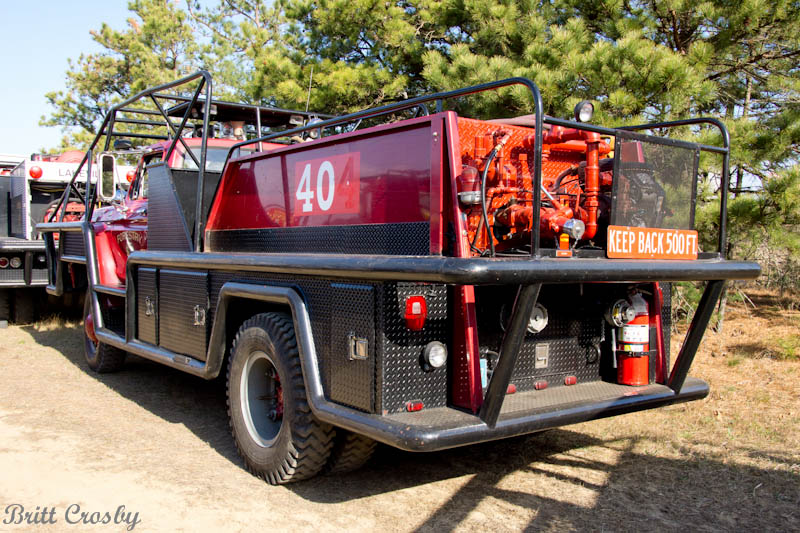
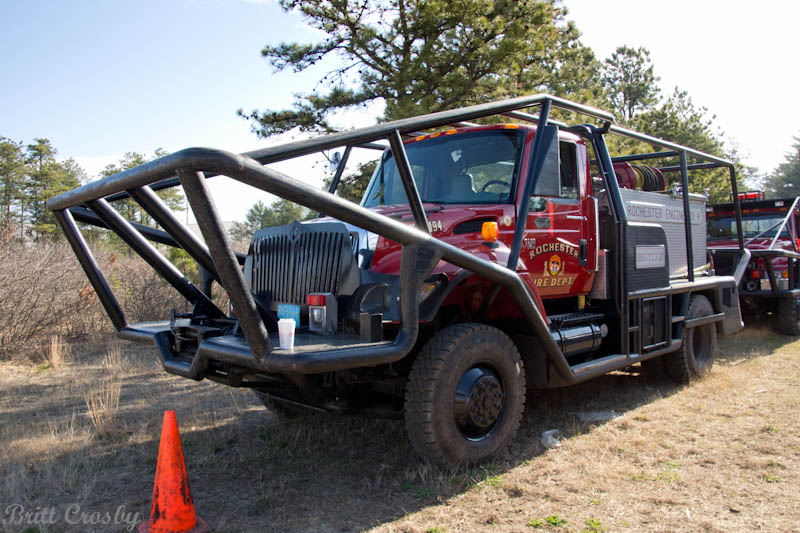
Rochester Breaker 194
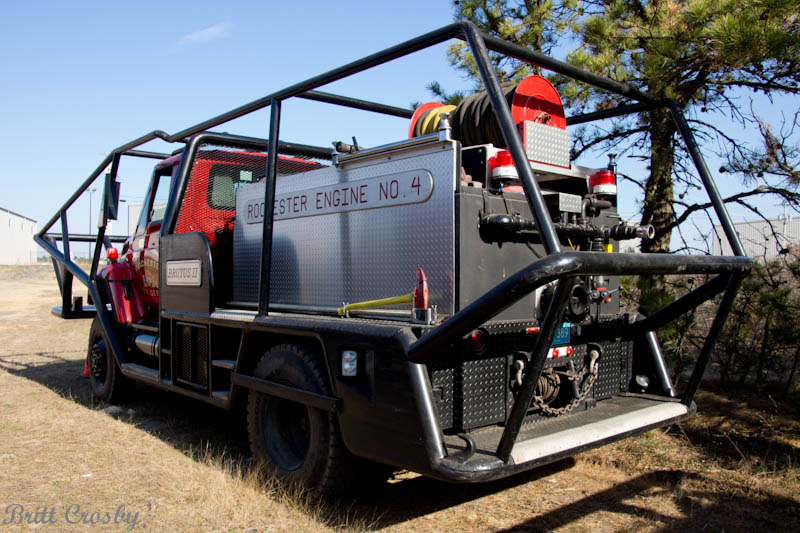
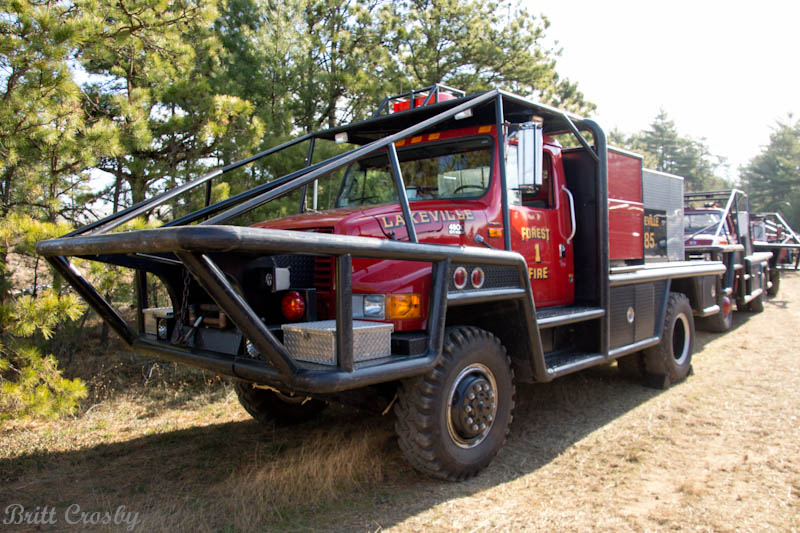
Lakeville Breaker 85

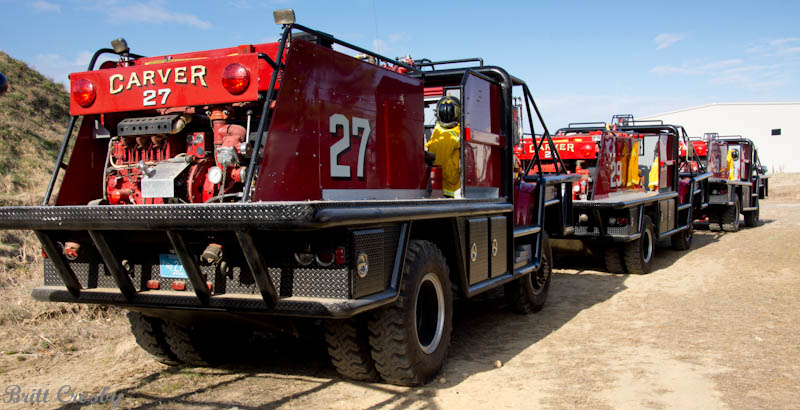
[ Page 1 ] [ Page 2 ] [ Page 3 ] [ Page 4 ] [ Page 5 ] [ Page 6 ] [ Page 7 ]
CapeCodFD.com
2012